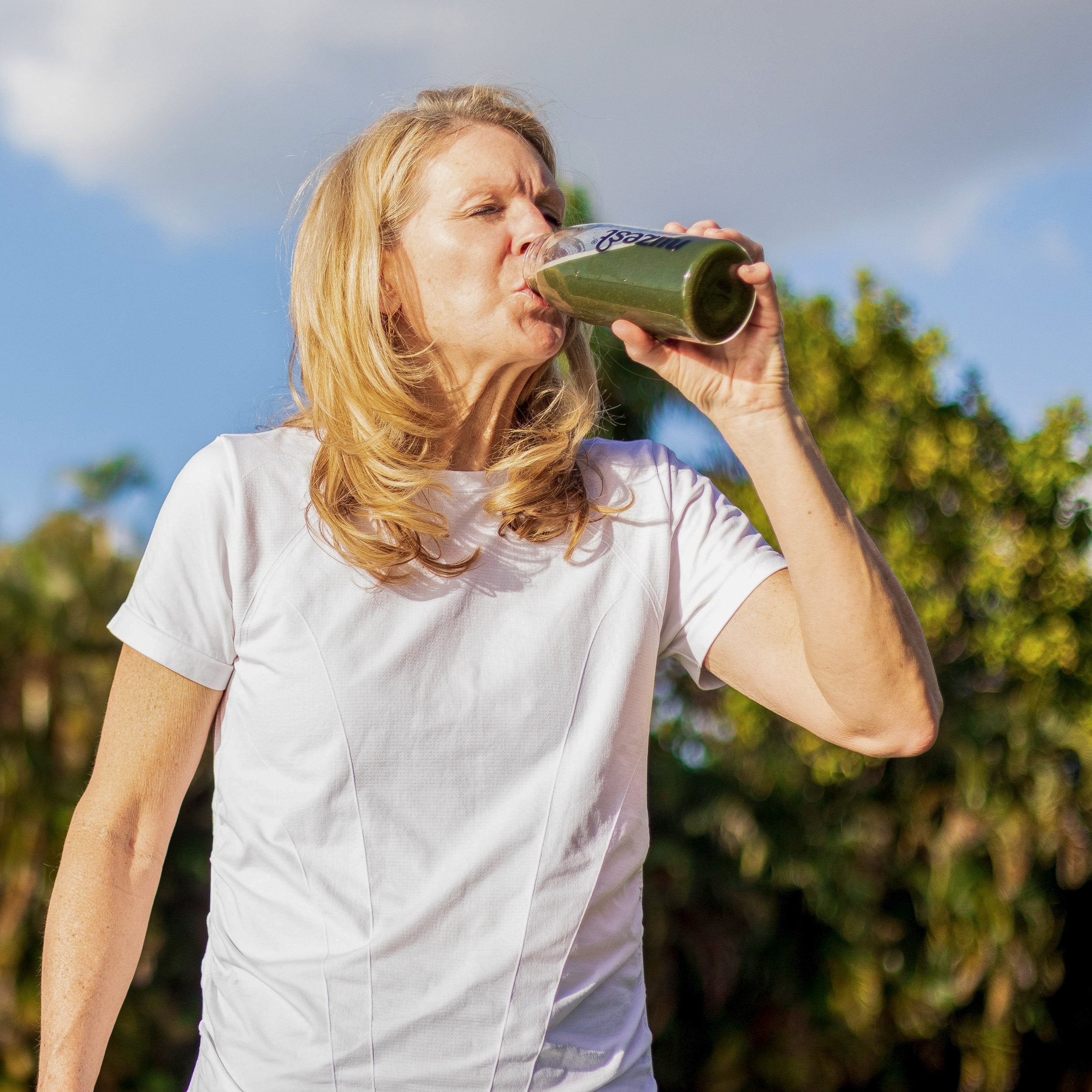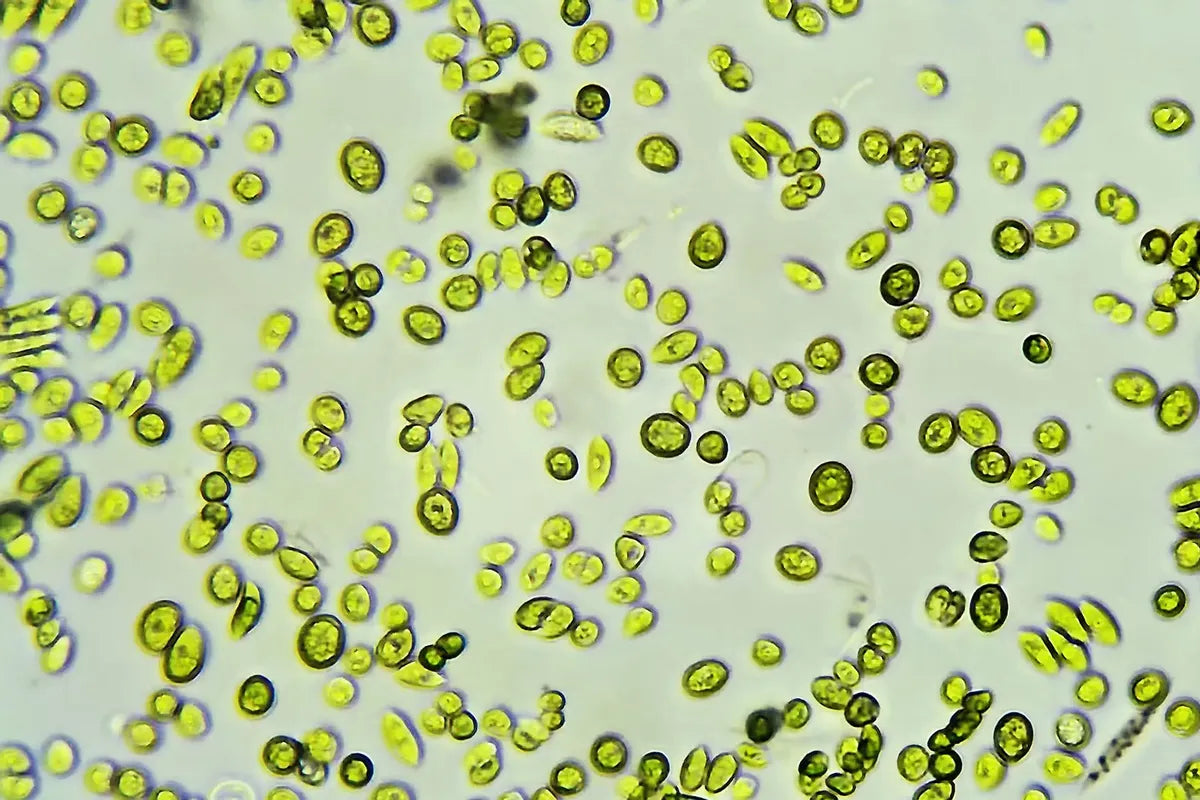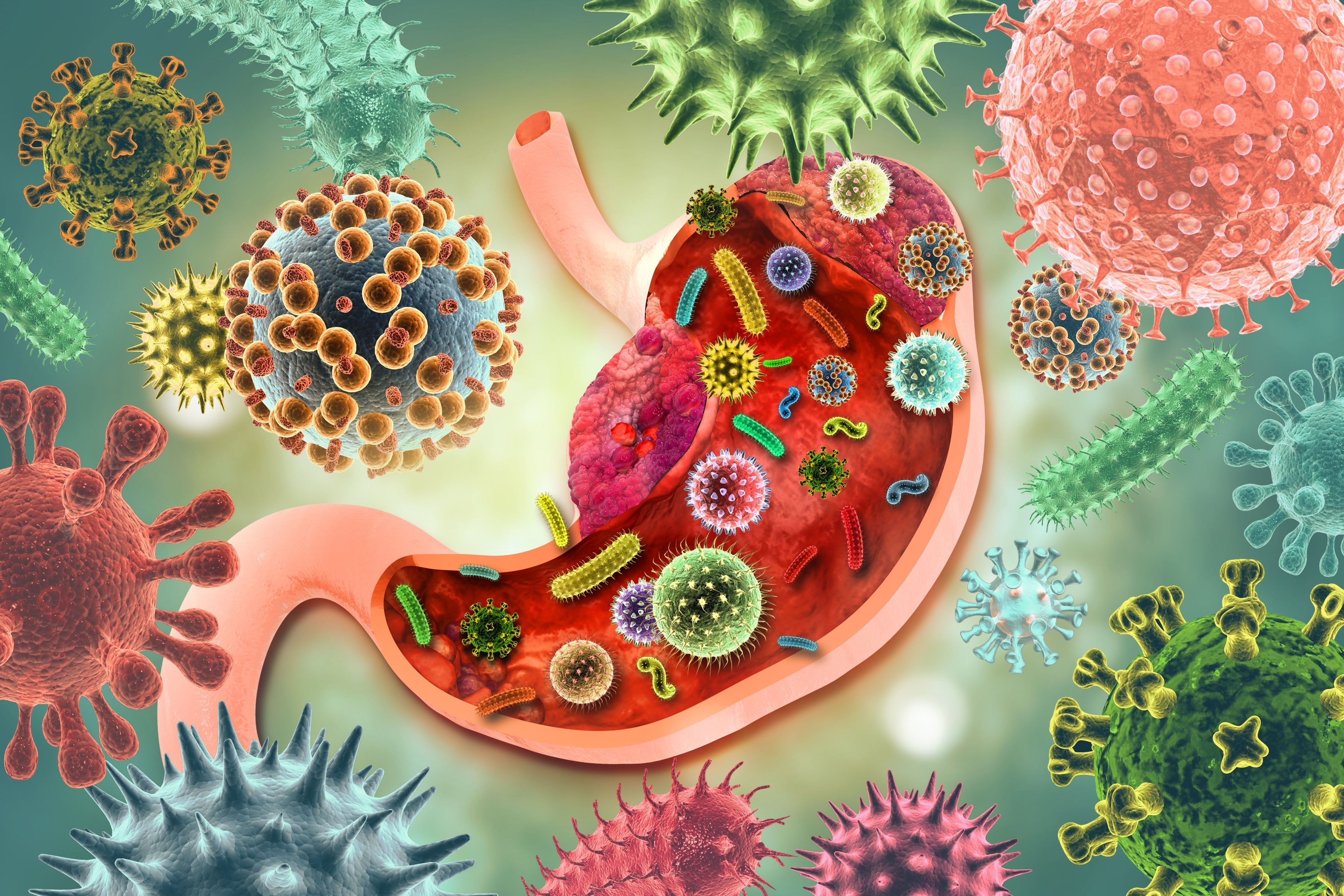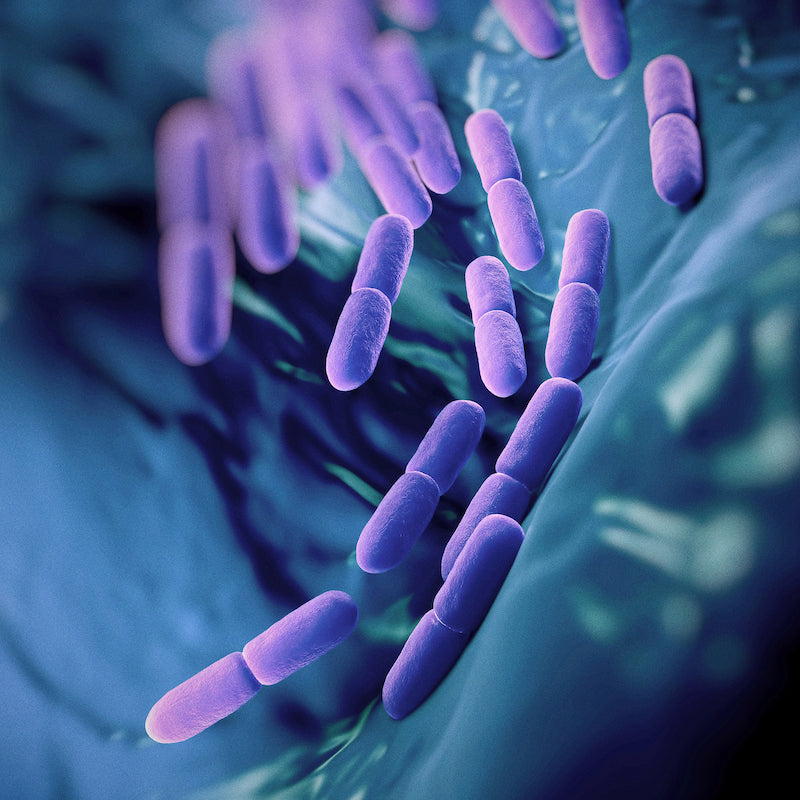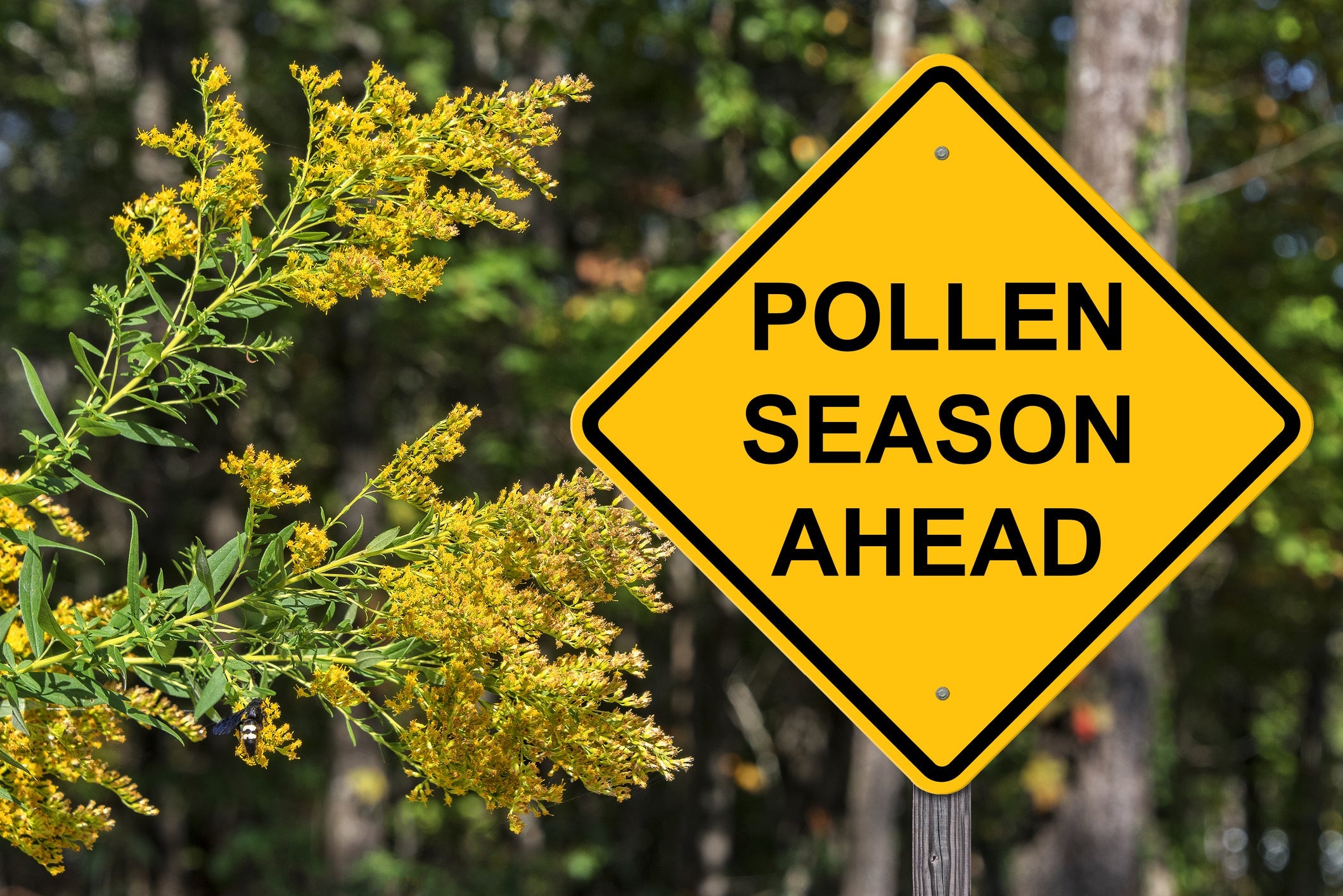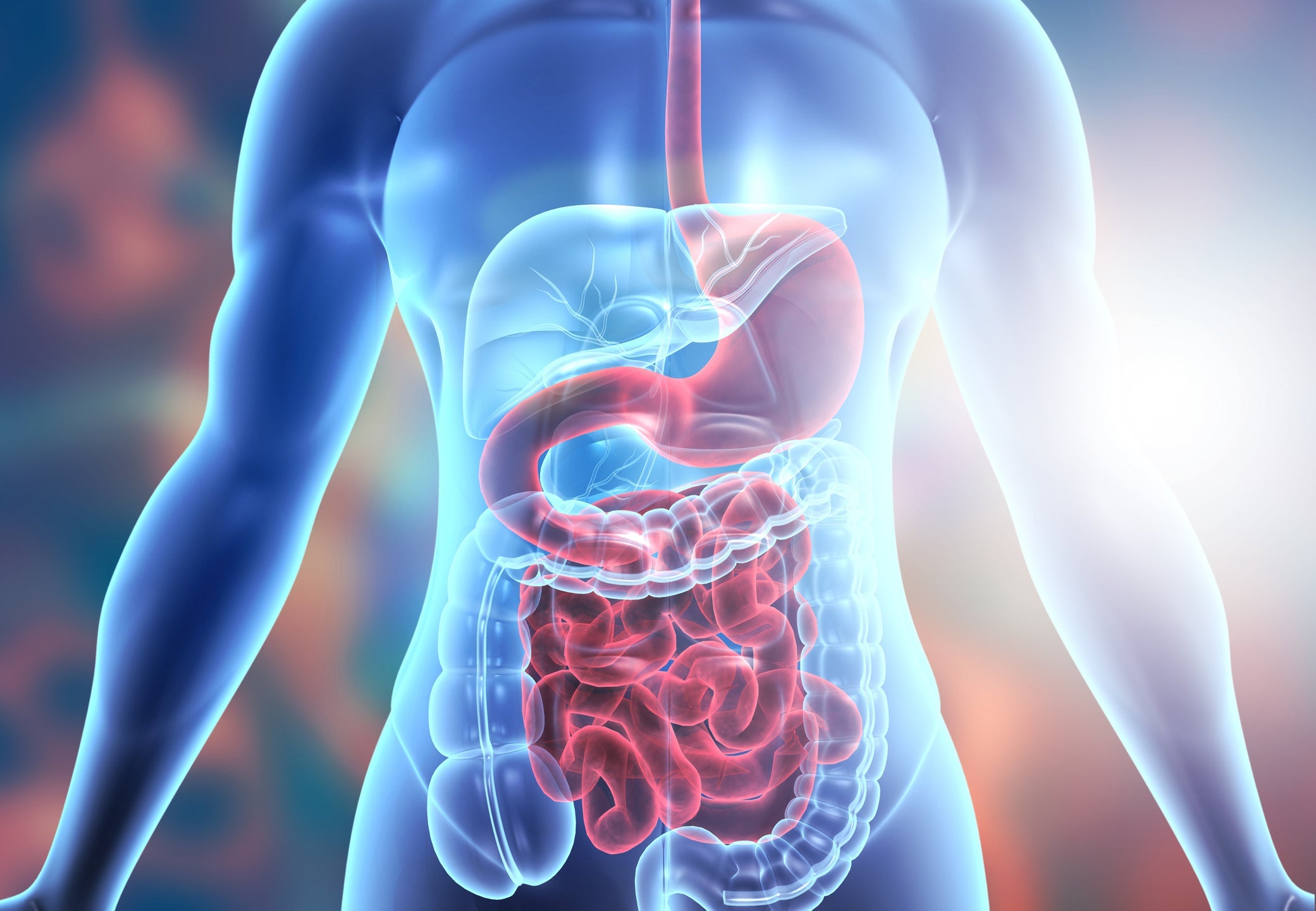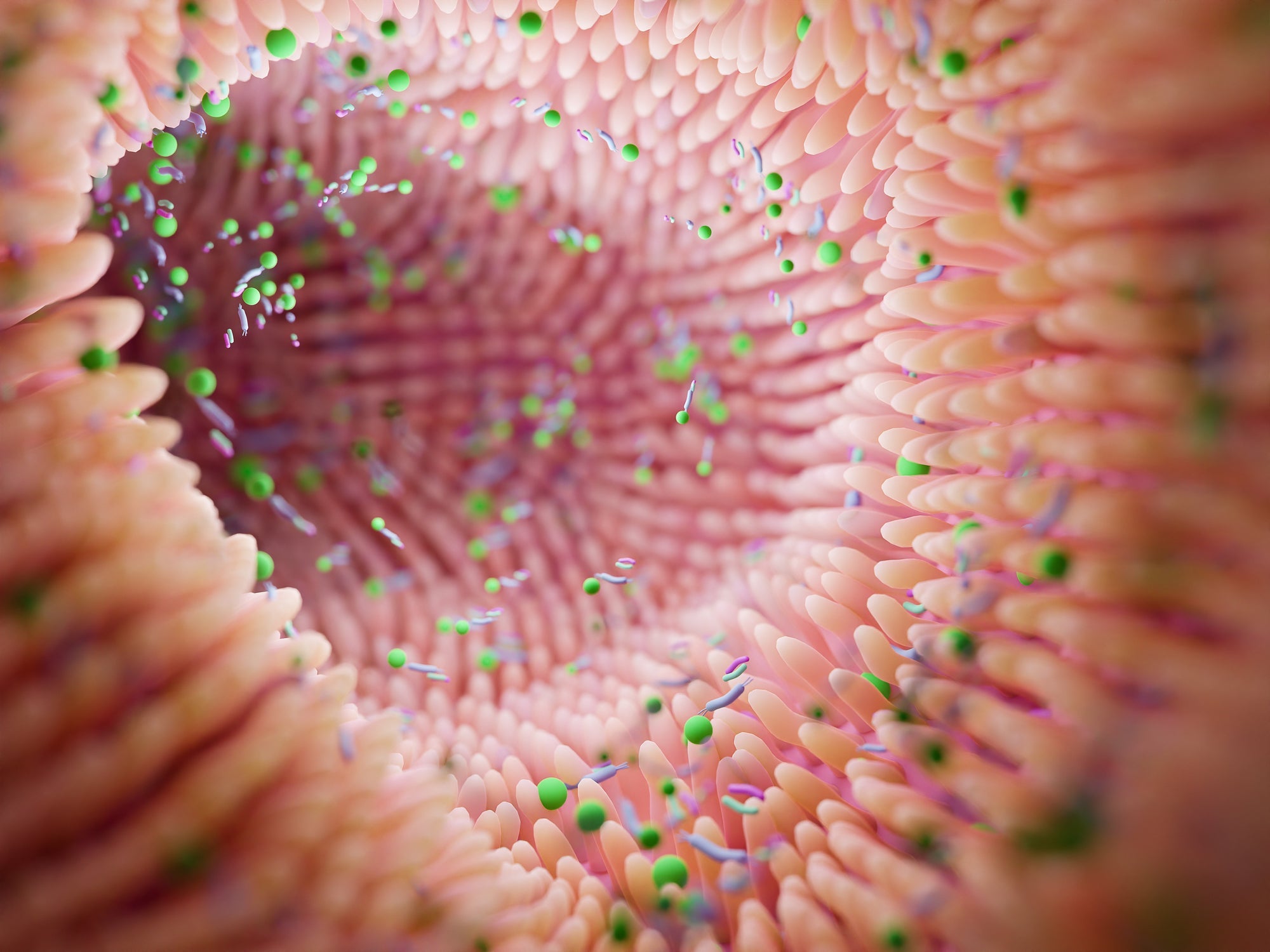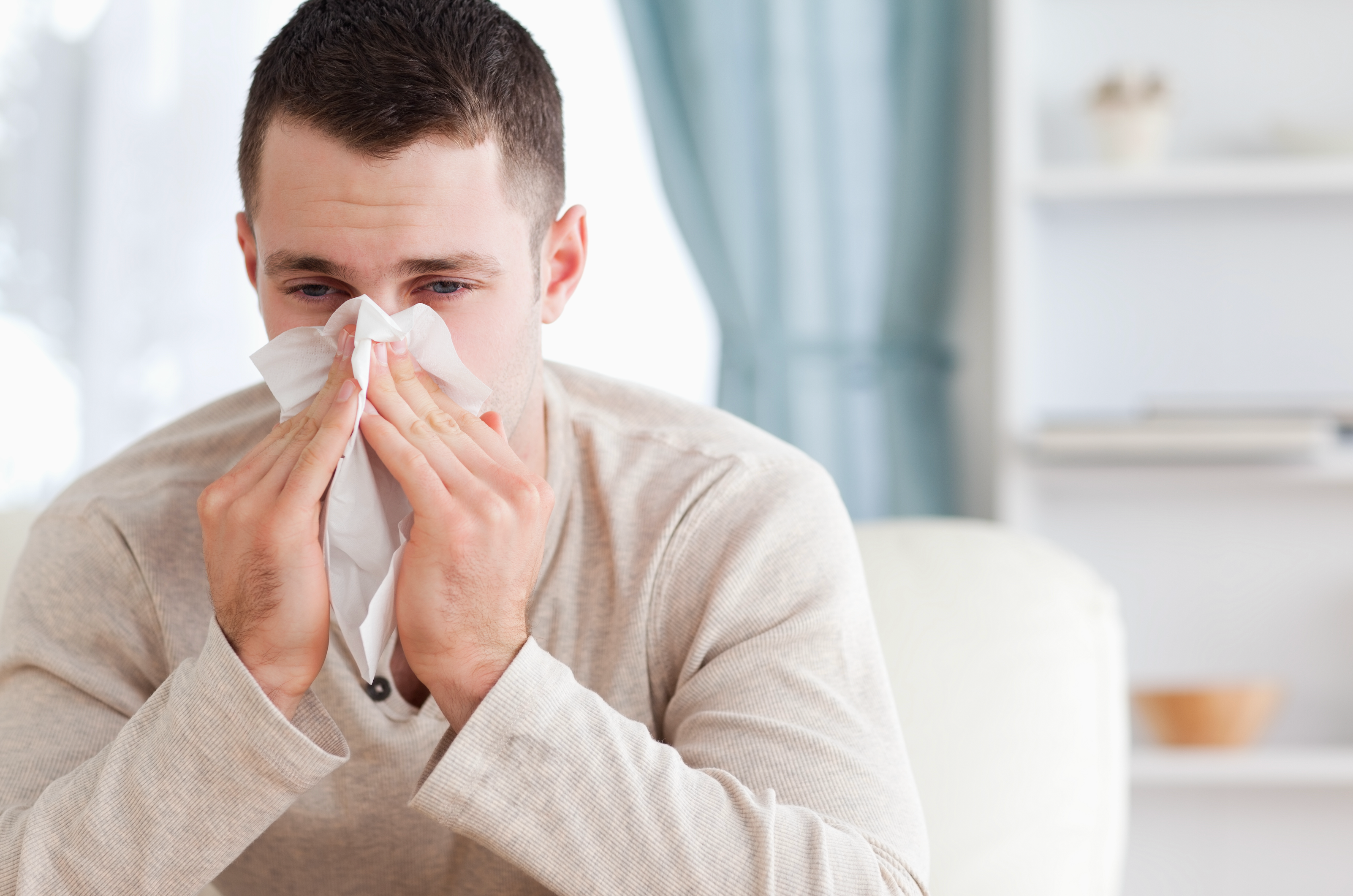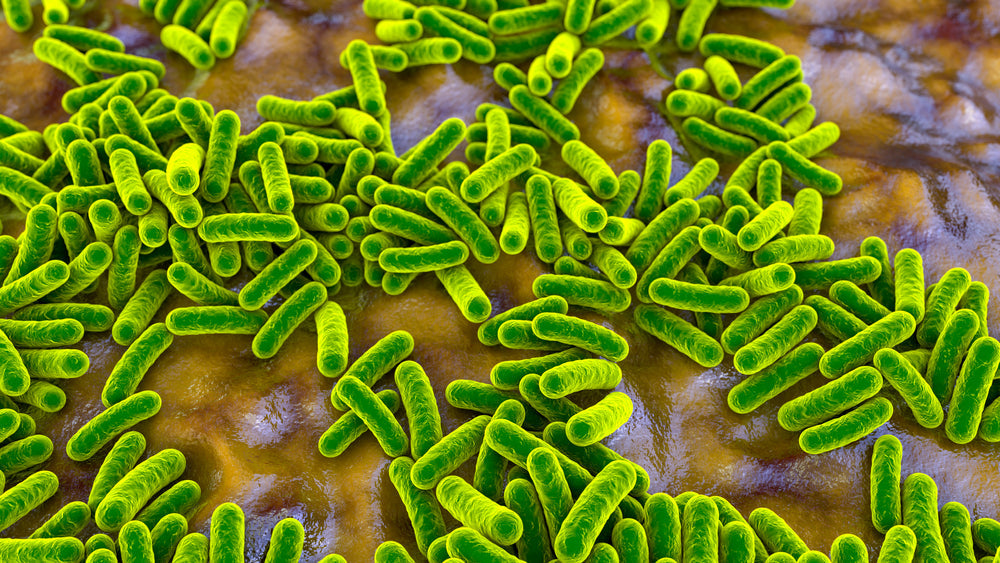AUTHOR: Tahlia Claringbold (BNutSci)
Hormonal health is central to our overall health and well-being. From our brains to our hearts, skin, kidneys and muscles, each part of our body is in some way controlled by hormonal signals. These hormones are released by a series of glands around our body which, along with tissues and organs, make up our Endocrine System.
So, what are hormones?
Broadly speaking, hormones are our body’s chemical messengers which control several physiological functions including:
- Growth and development
- Metabolism
- Reproduction
- Electrolyte balance and composition
Each hormone class differs in terms of their mechanism of action; that is their ability to target and activate specific cells in the body.
The endocrine system receives input from the nervous system, which directs the activity of hormones throughout the body. The amazing ability of our nervous system to communicate information between body systems in a fraction of a second is what keeps those systems healthy, functional and efficient. Hormone production and secretion is tightly controlled by a process called homeostasis - our body’s way of bringing everything back into its ideal state.
There are many hormones produced by different endocrine glands throughout the body.
Our major endocrine glands include:
- Hypothalamus (brain)
- Anterior/Posterior Pituitary Gland (brain)
- Adrenal Cortex (brain)
- Testes (reproductive)
- Ovaries (reproductive)
- Thyroid gland (metabolic)
- Parathyroid gland (metabolic)
- Pancreas (metabolic)
My aim is to summarise a list of common hormonal imbalances, and support those facts with the latest scientific evidence on optimal health and nutrition support.
How do hormones become unbalanced?
Hormones fluctuate naturally over time in response to physiological changes, or changes in the external environment.
During various life stages, hormonal shifts can occur naturally; notably during women’s monthly menstruation, ovulation, pregnancy and menopause, which all cause changes in female sex hormones.
Our modern environment exposes us to many stressors including psychological, environmental and medical. Often the foods we choose, and lifestyles we engage in (known as our modifiable risk factors), are strong contributors to hormonal health.
Metabolic:
Insulin and glucagon are two of the more well-known hormones affected by our diet. Insulin is a hormone secreted by the pancreas in response to increased glucose (carbohydrates) in the blood; it therefore plays a key role in modulating blood glucose levels.
Glucagon is also a hormone released by the pancreas, this one in response to decreased glucose in the blood; thus, playing a key counteracting role to insulin.
When glucose intake is high and energy surpluses are sustained long term, insulin resistance and/or Type 2 diabetes may result. This occurs when insulin is overproduced as a compensatory effect to manage blood glucose levels. Over time these insulin-producing cells become worn out.
Development of Type 2 diabetes is greatly increased if a number of modifiable risk factors are present:
- Physical inactivity;
- Overweight/Obesity;
- High blood pressure; or
- Blood lipid imbalance – low HDL (good cholesterol), high LDL (bad cholesterol).
Symptoms of Diabetes/Insulin Resistance:
- Increased thirst and urination;
Lethargic
- Increased hunger
- Blurred vision
- Numbness/tingling in hands or feet
- Poor wound healing
* Many conditions can result in these signs and symptoms. If you are experiencing any of these symptoms, please consult your doctor for proper diagnosis and treatment.
Stress:
Stress begins in, and affects, the brain, as well as echoing physiological effects throughout the entire body. Our adrenal glands (located on the tops of our kidneys) produce cortisol and epinephrine, which are also referred to as our main ‘stress hormones’.
Stress (the ‘fight or flight’ response to perceived danger) causes the release of cortisol and epinephrine. Whilst stress is extremely useful in responses to short term danger, chronic or excessive secretion of cortisol may actually contribute to dysfunction (i.e. secondary effects of inflammatory/oxidative damage).
Chronic stress is often accompanied by lifestyle choices or personal behaviours (i.e. surplus energy intake, alcohol intake, smoking, drugs or sleep quality) and can impact further physiological processes, of which the effects are continuing to be investigated.
Reproductive Hormone Disorders in Women:
Reproductive hormonal conditions pose a major challenge for many women, due to the increased risk of adverse reproductive, foetal or maternal outcomes. These conditions result when abnormal levels of sex hormones are produced (or insufficiently produced), and cause health repercussions.
Some common conditions, and symptoms of these conditions in females are listed and analysed below. If you are experiencing any symptoms listed below, please consult your doctor for proper diagnosis and treatment.
Polycystic Ovarian Syndrome (PCOS):
Most commonly developed during a women’s reproductive years, PCOS affects one in ten women of child-bearing age. PCOS can cause irregular or missed periods, and may lead to to infertility, and/or development of cysts in the ovaries.
Many women suffering PCOS have insulin resistance, which is when the body’s cells do not respond efficiently to insulin from increased glucose levels.
PCOS has been linked to other health conditions, including diabetic and cardiovascular complications later in life. Symptoms are heterogenous in nature, but are generally characterised by excess hair growth, irregular periods, acne, thinning hair or weight gain.
The cause of PCOS is not definitive, however, like all disease processes is multifactorial in nature. Research suggests hormonal imbalance as a cause to part of the issue. Increased levels of androgen (a predominate male hormone, however women produce small amounts) in the blood can prevent ovulation and cause acne and excess hair growth.
Endometriosis:
Estimated to affect 10% of women in their reproductive years, endometriosis is defined by the growth of tissue (endometrium) on the outside of the uterus and other parts of the body.
Similar to PCOS, the definitive cause of endometriosis is unknown, however research suggests oestrogen as a promotive factor – when tissue grows on the outside, oestrogen signalling is disrupted, causing dominance.
Symptoms and clinical presentations are highly variable, however, may include painful menstrual periods, pelvic pain, bleeding/spotting between cycles, infertility or digestive problems.
Acne:
One of the most common skin disorders affecting 9.4% of the world’s population, with highest prevalence in adolescents, and in women (when compared with men).
Acne may present as a cause of excess levels of androgen hormones (hyperandrogenism), as well as the activity of other hormones, particularly flaring up around the time of menstruation due to their ability to stimulate sebum production.
What we eat also impacts on skin health, with nutrients such as Vitamin A (found in carrots, capsicum) Vitamin D (found in egg yolk, mushrooms, oily fish), Omega-3s (found in flaxseeds, chia seeds, oily fish, seaweed) and Vitamin E (found in nuts, seeds and green leafy vegetables) having beneficial effects. Furthermore, consumption of low-GI carbohydrates (i.e. rolled oats, wholemeal bread, brown rice and fruit) has shown promising effects towards promoting healthier skin. Studies are still evolving in finding best clinical practice to treating hormonal acne.
Infertility:
Reproductive disorders which affect ovulation (PCOS, endometriosis, adenomyosis and uterine fibroids) share infertility as a symptom of a hormonal dysfunction. The World Health Organisation (WHO) classifies infertility as a ‘global public health issue’, estimating that over 10% of women will experience this35. Causes are highly varied, and can include complications in males, females, or a combination of contributing factors36.
A diet high in whole grains, fruits, vegetables, lean proteins, dietary fibre and healthy fats have been shown to improve fertility in women37.
Amenorrhea:
Often indicative of a health problem/hormonal imbalance rather than being defined as a ‘disease’ itself. Amenorrhea can be defined as primary and secondary. Primary amenorrhea is the failure of menstruation to start by sixteen years38.
Potential causes may be genetic or hormonal, where problems with the hypothalamus or pituitary gland may cause imbalances39.
Secondary amenorrhea can be defined as the absence of a period for at least six months after normal menstruation. Hypothalamic amenorrhea is where our hypothalamus fails to produce enough gonadotropin-releasing hormone (GnRH), which is the hormone which signals the start of a menstrual cycle40.
Common causes of this type of amenorrhea in women include:
- Low body fat percentage/low body weight
Very low caloric intake
- Extreme exercise without adequate caloric compensation
- Leptin deficiency (appetite regulating hormone)
Certain medical conditions
- If any of these issues are of concern to your current health, please consult your doctor for proper diagnosis and treatment.
How to Support Hormonal Health
Hormonal balance is extremely complex and very individualised. Increasing awareness on hormonal actions in the body can help bring some awareness when things just aren’t feeling right!
Fortunately, there are many ways we can support our hormonal health which involve engaging in balanced eating patterns, healthy lifestyle behaviours, and taking time for yourself:
- Engage in regular physical activity. Do something that you ACTUALLY look forward to! If the gym isn’t, for you, try outdoor walks, dancing, yoga, Pilates, gardening etc.
- Consume a balanced diet, abundant in vegetables, fruit, legumes, whole grains, omega-3 fatty acids, lean protein sources. Limit intakes of discretionary items such as red/processed meats, sugar sweetened beverages, sugar confectionary, saturated fat and sodium. Incorporating plant variety into your diet is an excellent way to cover a broad range of essential vitamins and minerals.
For some, the pace of everyday life can limit our ability to fit this into our day. While we cannot ignore the irreplaceable benefits of a balanced, whole-food diet, Nuzest’s Good Green Vitality can help support those nutritional gaps in your day. With a spectrum of 20 plant foods, this easy to take powder contains 24 vitamins and minerals, probiotics, fibre and herbal blends to help support your general and hormonal health.
- Limit alcohol to no more than four standard drinks on a single occasion and aim to increase your amount of alcohol-free days.
- Find a qualified health professional you feel comfortable discussing your symptoms of concern to.
- Reduce lifestyle and mental stressors. Ensure you are taking time to evaluate what is stressing you out during the day and to seek support to reduce it. Find something each day that makes you smile!
I have covered a broad range of hormones (which has barely scratched the surface of how complex these chemicals really are!) and have hopefully provided you with some guidance on how to best support your hormonal well-being. As stated, if you think any of this information applies to you, please seek guidance from a trusted, qualified health professional.
1 https://www.ncbi.nlm.nih.gov/pmc/articles/PMC6761896/
2 https://www.ncbi.nlm.nih.gov/pmc/articles/PMC6761896/
3 https://www.ncbi.nlm.nih.gov/pmc/articles/PMC6761896/
4 https://www.ncbi.nlm.nih.gov/pmc/articles/PMC6761896/
5 https://www.ncbi.nlm.nih.gov/books/NBK538498/
6 https://www.onhealth.com/content/1/hormone_imbalance_signs_symptoms
7 https://www.ncbi.nlm.nih.gov/pmc/articles/PMC3079864/
8 https://www.diabetesaustralia.com.au/type-2-diabetes
9 https://www.ncbi.nlm.nih.gov/pmc/articles/PMC1204764/
10 https://www.ncbi.nlm.nih.gov/pmc/articles/PMC6719123/
11 https://www.diabetesaustralia.com.au/type-2-diabetes
12 https://www.niddk.nih.gov/health-information/diabetes/overview/risk-factors-type-2-diabetes
14 https://www.ncbi.nlm.nih.gov/pmc/articles/PMC2474765/
15 https://www.ncbi.nlm.nih.gov/books/NBK538239/
16 https://www.ncbi.nlm.nih.gov/pmc/articles/PMC4263906/
17 https://www.ncbi.nlm.nih.gov/pmc/articles/PMC2474765/
18 https://www.ncbi.nlm.nih.gov/pmc/articles/PMC4214609/
19 https://academic.oup.com/humupd/article/22/1/104/2457870
21 https://www.womenshealth.gov/a-z-topics/polycystic-ovary-syndrome
22 https://www.womenshealth.gov/a-z-topics/polycystic-ovary-syndrome
23 https://www.ncbi.nlm.nih.gov/pmc/articles/PMC3277302/
26 https://www.ncbi.nlm.nih.gov/pmc/articles/PMC6780983/
27 https://pubmed.ncbi.nlm.nih.gov/19196878/
28 https://www.ncbi.nlm.nih.gov/pmc/articles/PMC6695957/
29 https://www.ncbi.nlm.nih.gov/pmc/articles/PMC6695957/
31 https://www.ncbi.nlm.nih.gov/pmc/articles/PMC5015761/
32 https://www.ncbi.nlm.nih.gov/pmc/articles/PMC5015761/
33 https://www.ncbi.nlm.nih.gov/pmc/articles/PMC5015761/
34 https://www.ncbi.nlm.nih.gov/pmc/articles/PMC6360964/
https://pubmed.ncbi.nlm.nih.gov/26395640/
35 https://www.who.int/reproductivehealth/topics/infertility/perspective/en/
36 https://www.ivf.com.au/planning-for-pregnancy/what-is-infertility
37https://www.ncbi.nlm.nih.gov/pmc/articles/PMC6079277/
40 http://drkney.com/pdfs/amenorrhea_0710.pdf


